He’s making a list, and checking it twice.
Santa’s gonna find out if Seattle will have ice.
In typical 2021 fashion, the final days of the year look to be anything but ordinary around Puget Sound, with the potential for cold, snowy weather to descend on the region as early as Christmas Eve.
Perhaps right as Saint Nick glides into town.
After a stretch of more seasonable temperatures the next few days, a dramatic shift in the weather is likely Friday as a sprawling ridge of high pressure sets up shop over the northeast Pacific. This ridge will force storms that would normally head straight for Seattle from the west to detour northward into Alaska. (Because these types of ridges block storms from reaching us in typical west-to-east fashion, they’re often referred to as blocking highs.)
From there, any storms that survive their journey over the top of the ridge will likely plunge southward along the frigid Canadian interior, stockpiling cold air a-plenty before sweeping into the Northwest.
The end result of all this for Seattle?
A prolonged bout of chilly wintertime temperatures to finish off 2021—think highs in the mid 30s and lows in the mid 20s—possibly kick-started with a rare white Christmas.
Didn’t it snow on Christmas a few years ago?
In over 120 years of record-keeping, Seattle has seen just six white Christmases—but the most recent one was actually only four years ago, in 2017. On that day, 1.0 inches of snow fell at the city’s reporting site at Sea-Tac Airport—making for one of the snowiest Christmases in the past 100 years. (Note: The National Weather Service defines a white Christmas as having 1 inch of snow or more on the ground at 7 a.m. on Christmas Day.)
Before 2017, Seattle’s last white Christmas was in 2008, when 4 inches of snow still coated the ground in the aftermath of a two-week stretch of wintry weather that crippled the city.
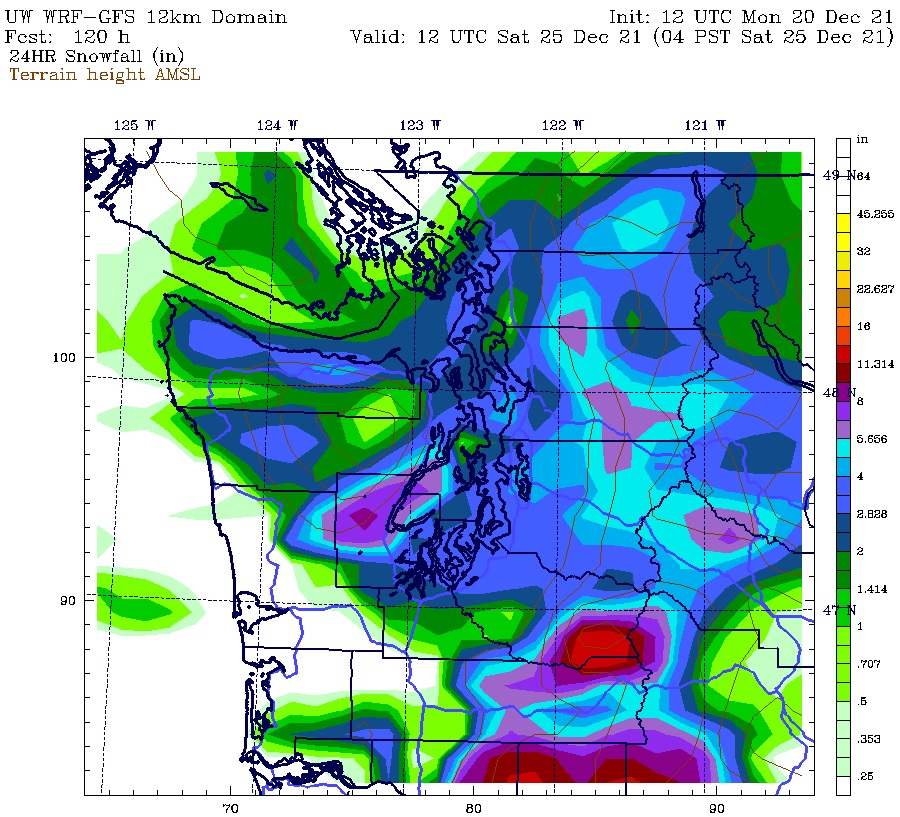
What are the odds 2021 becomes white Christmas #7?
That’s the million-dollar question—and there’s a reason why. Recent weather models, including the American and European versions, have suggested a few inches of snow could fall in Seattle on either Friday (Christmas Eve) or Saturday (Christmas). But, before you get too excited, it’s worth nothing that the performance of these models in regard to snow has been pretty awful over the past few weeks. So, don’t bet the farm on it.
From years of personal experience, I’ve also noticed that weather models typically predict that arctic air will flood into Western Washington much quicker than it actually does. Many times, the really cold air gets bottled up near the Canadian border (insert customs joke here), and only slowly trickles southward to Puget Sound. This often results in a maddening 24-hour delay (or more) of the white stuff for snow-crazed Seattleites.
Given that the potential for snow/cold is still four to five days out and that the finer details are likely to change over time, I would not be surprised to see the cold air delayed until after Christmas—making Saturday more wet than white. But perhaps Santa’s reindeer could give the wintry weather a strong southward nudge?
The bottom line: It’s going to be cold regardless
Ultimately, snow or no snow, Seattle is likely to experience the coldest temperatures since last February—beginning in a matter of days. The incoming blast of frigid air is also likely to stick around much longer, with high temperatures potentially only reaching the mid 30s from Saturday through the following Friday (New Year’s Eve). Overnight lows will dip solidly below freezing during this stretch, making for some treacherous early-morning conditions throughout the Sound.
So, yes, Santa, expect to see some ice.

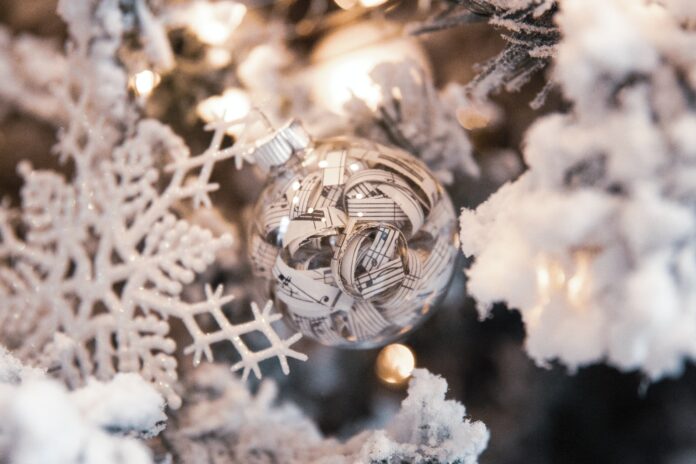
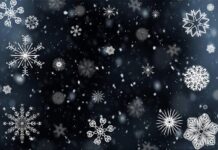
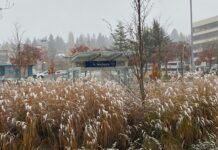

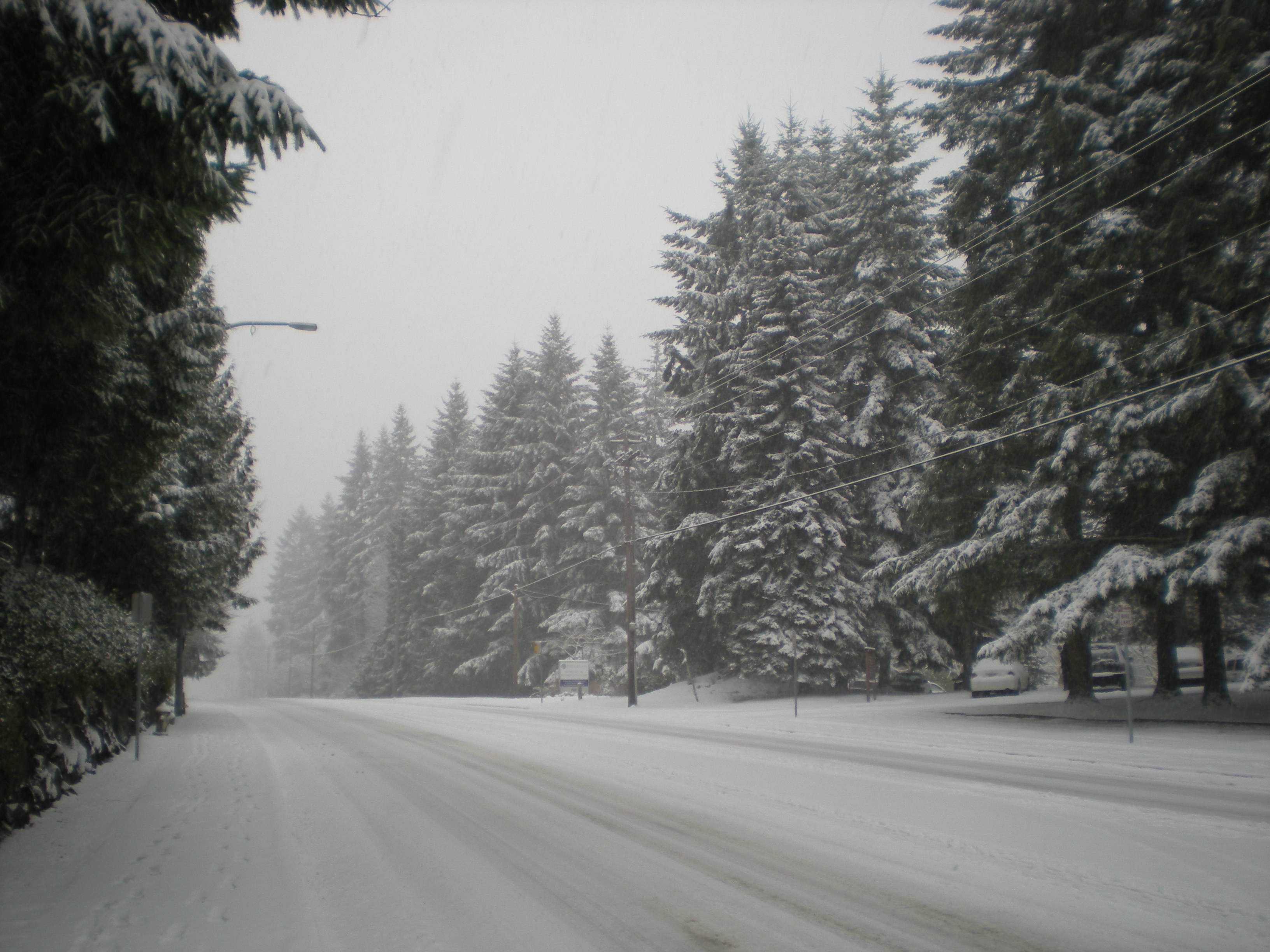

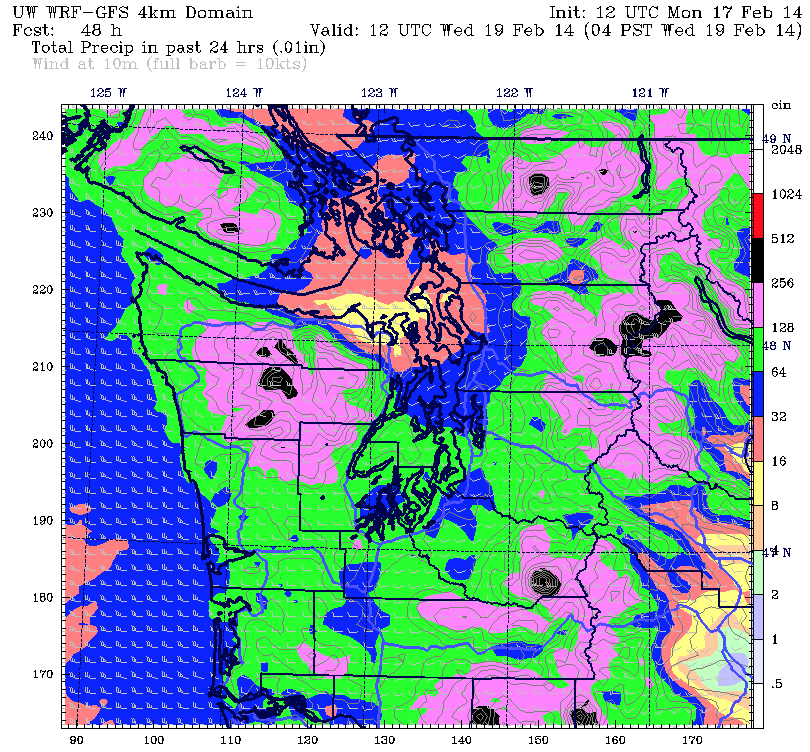
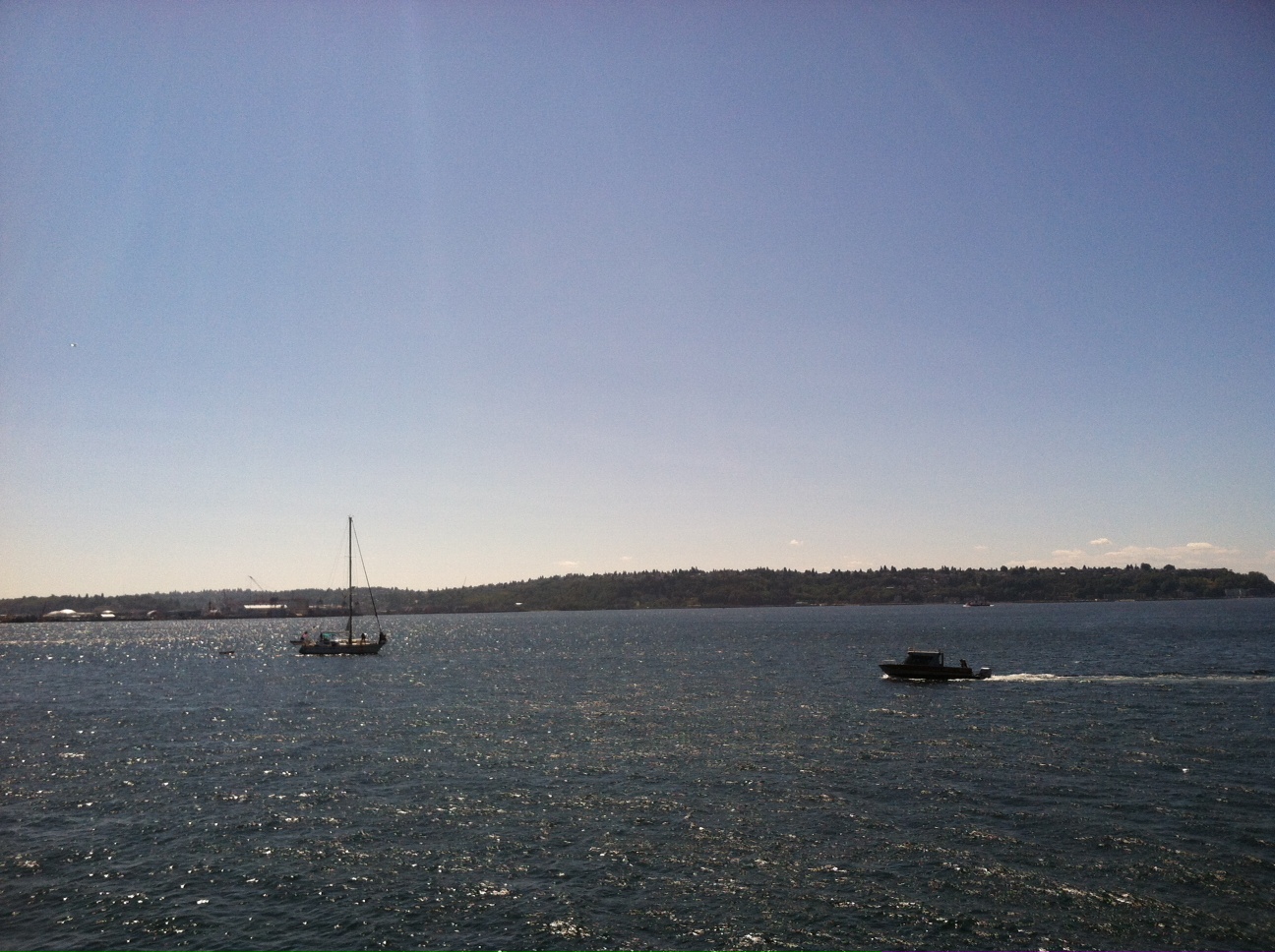
Marikay says, “Boy, I love that guy.” (Justin as well as the bearded one) Snow or no snow, we wish you and all your faithful readers a Merry (and yes, perhaps, a lucky 7th) white Christmas.
It will be awesome if you can make a post or update this post with information on when you think the cold front will be behind us. Given the second wave of snow that is expected, I am curious when you think things like road conditions and/or air travel will be back to normal.